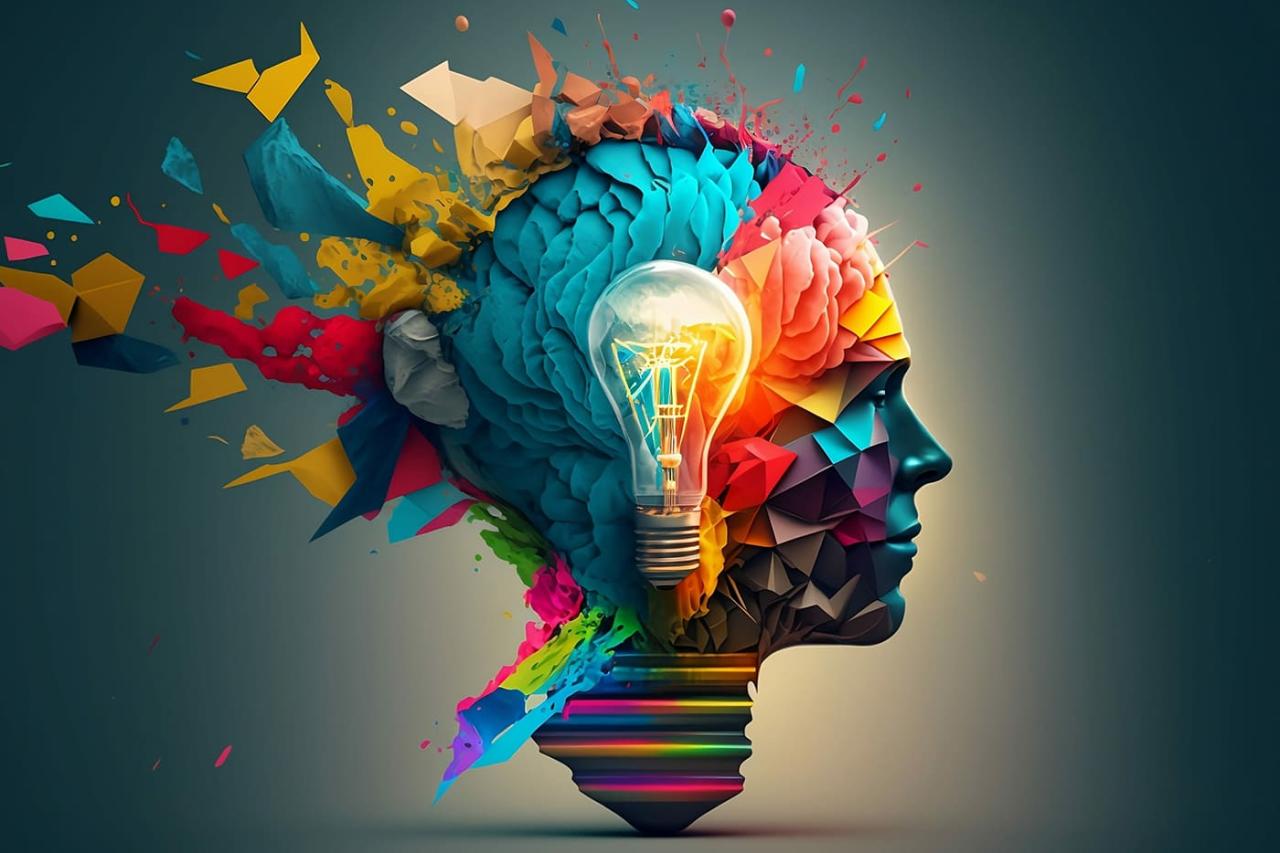

How AI is Changing the Creative Arts
The creative arts have long been considered the exclusive domain of humans, where imagination, inspiration, and originality come together to produce works of beauty, emotion, and intellectual stimulation. However, the rise of Artificial Intelligence (AI) is transforming this landscape, as machines begin to demonstrate capabilities that were once thought to be the unique purview of human creators.
From generating art, music, and literature to enhancing human creativity and facilitating new forms of collaboration, AI is changing the creative arts in profound ways. While some may worry about the implications of this shift, others see it as an opportunity to expand the boundaries of human creativity, challenge traditional notions of authorship, and unlock new forms of artistic expression.
Art and the AI Brush
One of the most visible areas where AI is making its mark is in the visual arts. Generative Adversarial Networks (GANs) and neural networks are being used to create stunning works of art that are often indistinguishable from those created by humans. These algorithms can learn from vast datasets of images, recognize patterns, and generate new works that are original, yet eerily familiar.
In 2018, the art world was shaken when a painting generated by the French art collective Obvious using a GAN sold at Christie’s auction house for $432,500. The painting, titled "Edmond de Belamy," was created by analyzing a dataset of 15,000 portraits painted between the 14th and 20th centuries. The AI algorithm learned to recognize patterns and characteristics of these paintings, and then generated its own unique work.
While some critics argued that the painting was more a demonstration of AI’s technical capabilities than a genuine work of art, others saw it as a bold experiment that challenged traditional notions of creativity and authorship. As AI-generated art continues to evolve, it raises important questions about the role of the artist, the value of art, and the boundaries between human and machine creativity.
The Rise of AI-Generated Music
Music is another creative field where AI is making its presence felt. AI algorithms can analyze vast datasets of music, recognize patterns, and generate original compositions that are often indistinguishable from those created by humans. Amper Music, an AI music composition platform, has already produced music for numerous brands and media companies, including Coca-Cola, BMW, and Disney.
AI-generated music also raises questions about authorship and ownership. If an AI algorithm can compose a piece of music, does it own the copyright, or does the person who created the algorithm? These are complex legal and ethical questions that will need to be addressed as AI-generated music becomes more prevalent.
Literature and the AI Pen
AI is also being used to generate literature, from short stories to entire novels. In 2016, a Japanese AI program called Hitoshi Matsumoto wrote a short story that passed the first round of a Japanese literary competition. The story, titled "The Day a Computer Writes a Novel," was praised by judges for its well-structured plot and believable characters.
While AI-generated literature is still in its infancy, it has the potential to revolutionize the way we consume and interact with stories. AI algorithms can analyze vast datasets of texts, recognize patterns, and generate new works that are tailored to individual tastes and preferences.
Enhancing Human Creativity
While AI-generated art, music, and literature are often seen as competitors to human creativity, they can also be used to enhance and augment human creativity. AI algorithms can assist humans in generating ideas, exploring new possibilities, and streamlining creative processes.
For example, AI-powered design tools can help architects and designers generate complex shapes and structures that would be impossible to create by hand. AI can also assist writers in generating plot ideas, developing characters, and suggesting alternative narrative paths.
New Forms of Collaboration
AI is also facilitating new forms of collaboration between humans and machines. In the field of film, AI algorithms are being used to analyze vast amounts of data, recognize patterns, and generate predictive models that can help filmmakers make better decisions about casting, cinematography, and editing.
In music, AI algorithms are being used to collaborate with human musicians, generating new sounds, rhythms, and harmonies that would be impossible to create by hand. This form of human-AI collaboration has the potential to unlock new forms of creative expression and push the boundaries of what is possible in the arts.
Conclusion
The rise of AI in the creative arts is a complex and multifaceted phenomenon that raises important questions about the nature of creativity, authorship, and originality. While some may worry about the implications of AI-generated art, music, and literature, others see it as an opportunity to expand the boundaries of human creativity, challenge traditional notions of artistic expression, and unlock new forms of creative collaboration.
As AI continues to evolve and improve, it is likely to have a profound impact on the creative arts, transforming the way we create, consume, and interact with artistic works. Whether you see AI as a threat or an opportunity, one thing is clear: the future of the creative arts has never been more exciting, or more uncertain.




